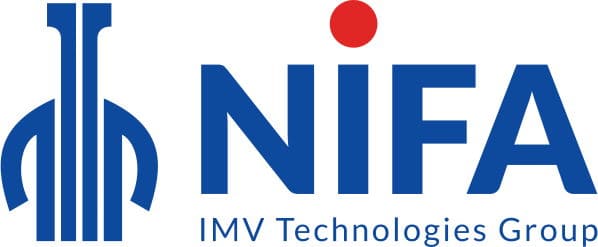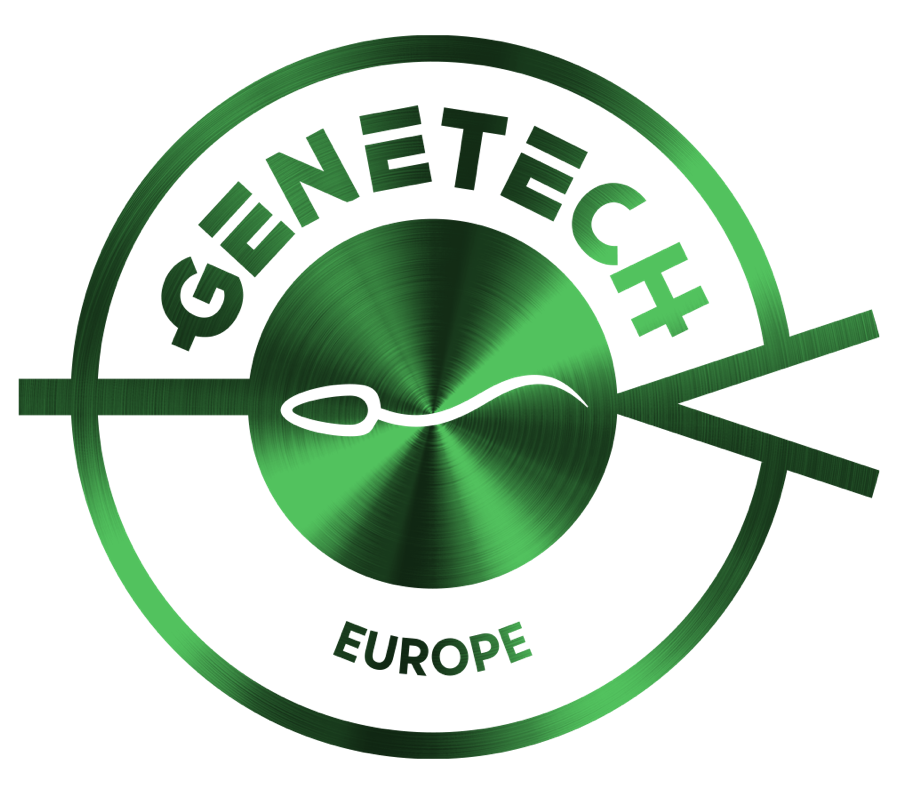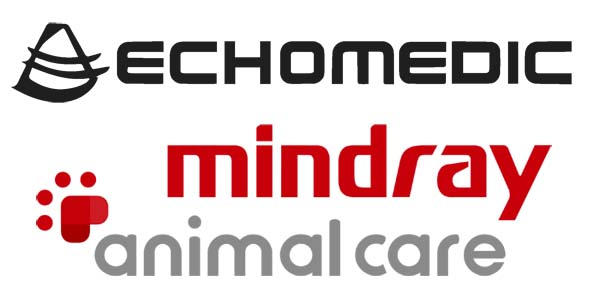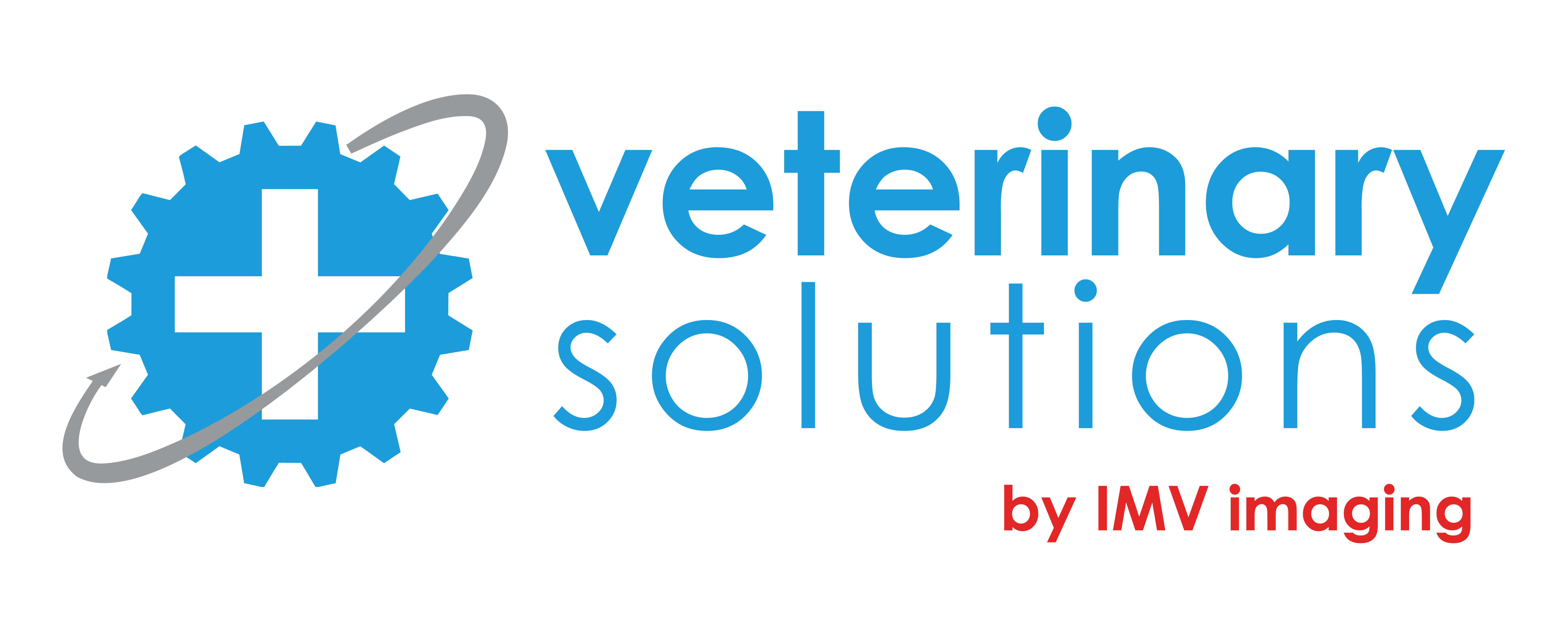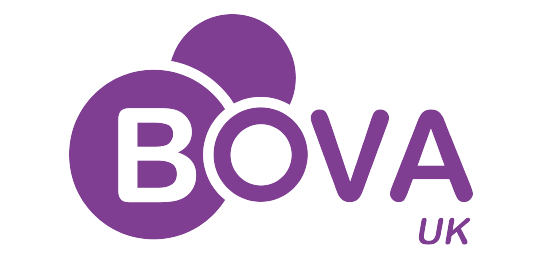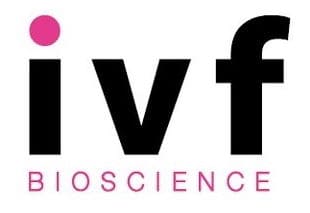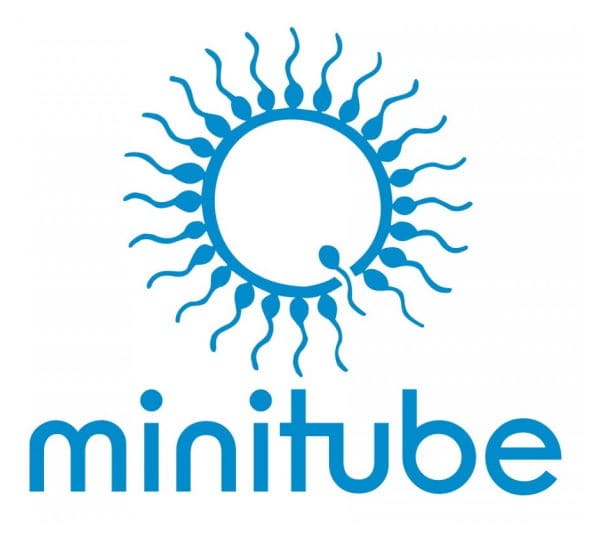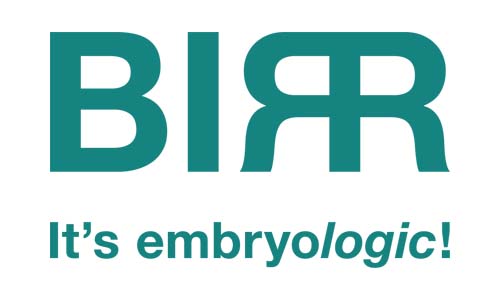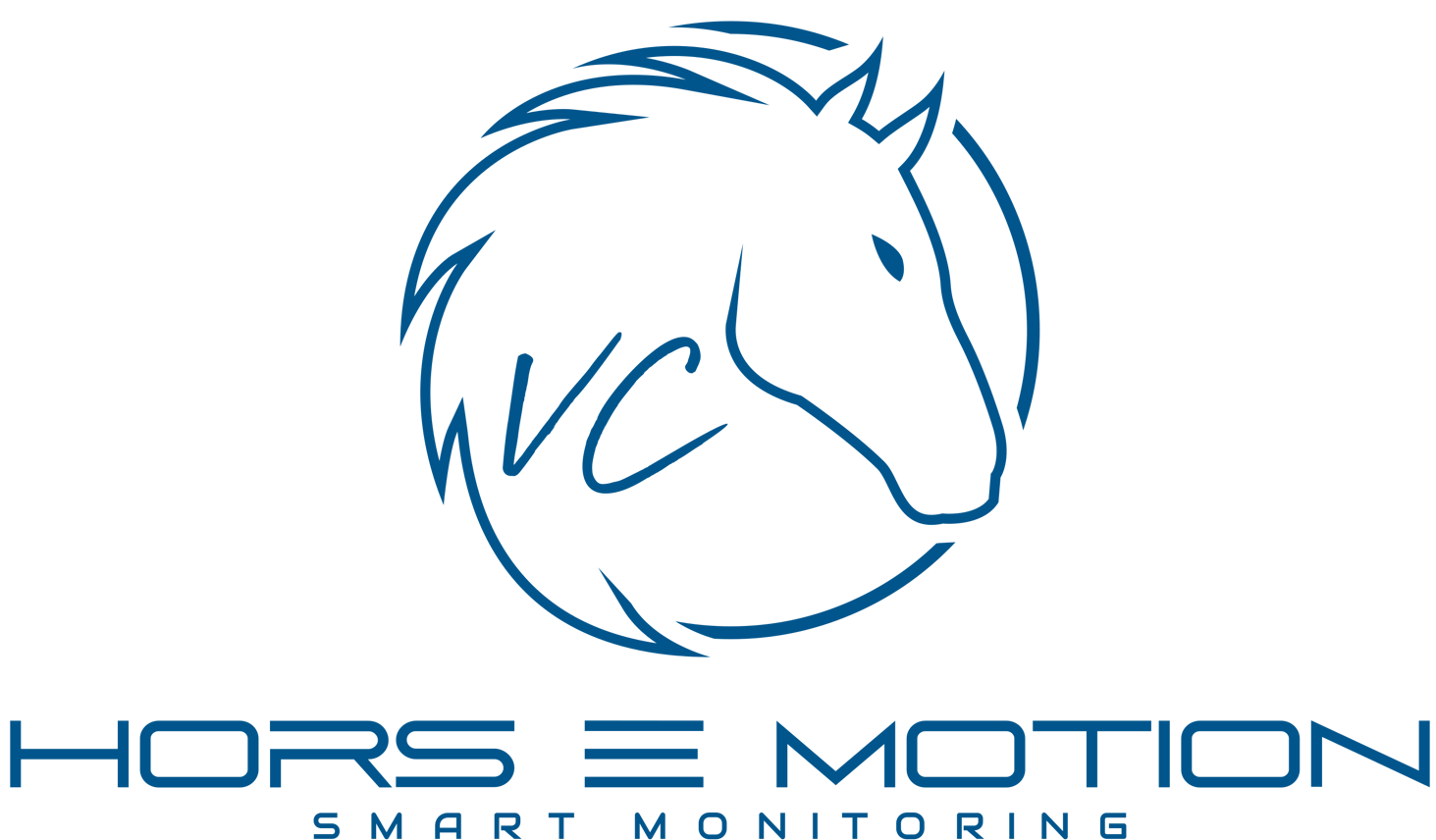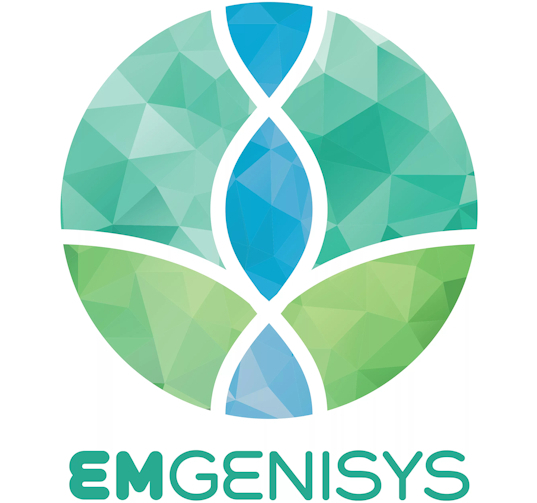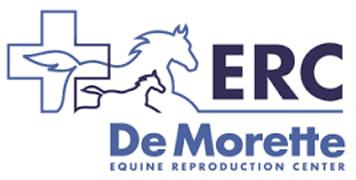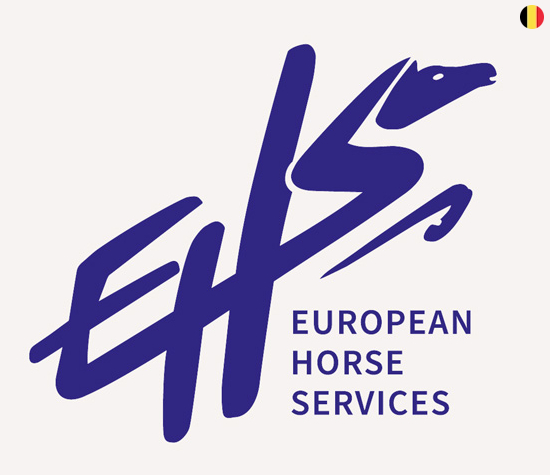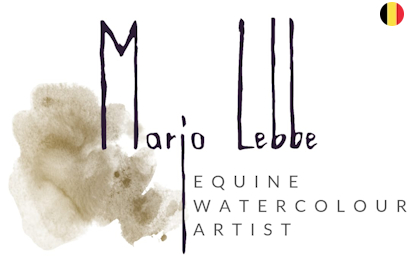
Equifreeze Services
Supporting SponsorAt Equifreeze, we specialize in freezing embryos collected from donor mares so they can be transferred into a recipient mare at a later time.
Here’s how it works: your veterinarian collects the embryo and sends it to our lab. Once the embryo has arrived at Equifreeze, we carefully evaluate the embryo for size and quality and select the most suitable method for freezing.
Most embryos are frozen using a fast-freezing process called vitrification, which helps protect the embryo by preventing ice crystal formation, resulting in higher pregnancy rates. Smaller embryos (usually collected around Day 6.5 to 7 after ovulation) are placed in an appropriate freezing medium containing cryoprotectants to protect the embryonic cells from freezing damage and frozen directly. Larger embryos are first gently collapsed using a sophisticated micromanipulator unit to remove extra fluid, then placed in a medium containing cryoprotectants and vitrified. This additional step helps improve the chances of success. Once frozen, the embryos are safely stored in liquid nitrogen at -196°C—similar to how frozen semen is preserved—until you're ready for the transfer. Embryos can be stored for a long time (years) in liquid nitrogen without any loss of viability.

